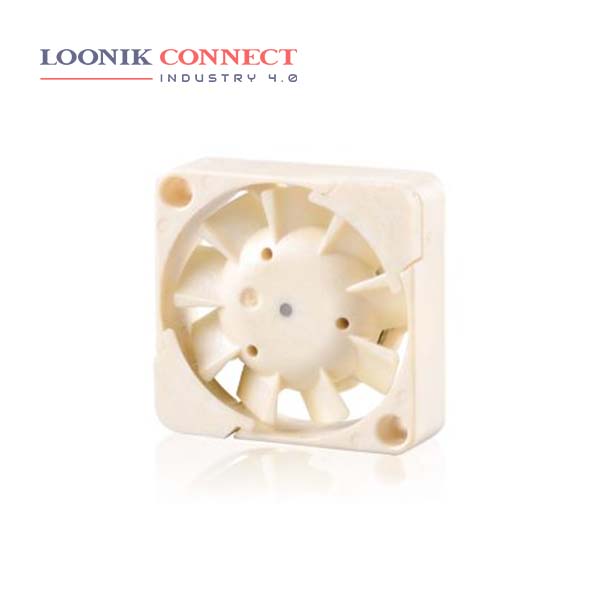A DC, or direct current fan, uses a power source that is connected to a transformer. The transformer then converts the energy to direct current, or a one-way current. As a result, the quantity of power utilised is ultimately decreased. The direct current fans, or DC fans, are powered with a potential of fixed value such as the voltage of a battery. Typical voltage values for DC fans are, 5V, 12V, 24V and 48V. In contrast, the alternating current fans, or AC fans, are powered with a changing voltage of positive and of equal negative value.
A DC ceiling fan works pretty much on the same principle as the DC motor. A DC motor uses an internal arrangement of magnets with opposing polarity. As current passes through the coil around this arrangement, a strong magnetic field is produced. This magnetic field then creates a torque that causes the motor to rotate.
DC ceiling fans are highly energy-efficient. In general, DC motors will consume up to 70% less power than their AC motor counterparts. For instance, when an AC fan consumes 100 watts, the DC one will take up to 30 watts to achieve the same result. DC ceiling fans are slimmer.










